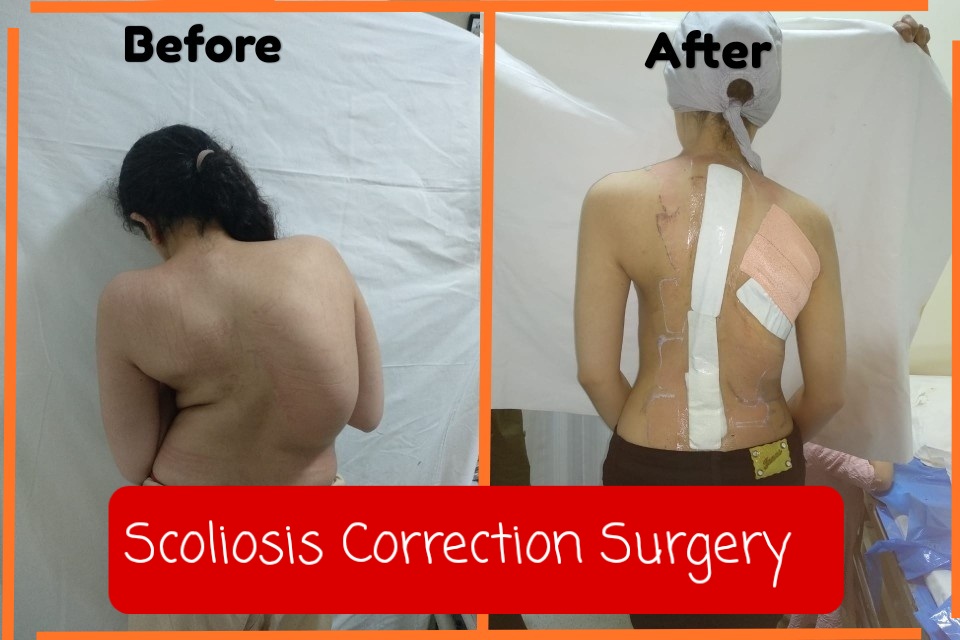What is Scoliosis Correction Surgery
Scoliosis surgery is a treatment for scoliosis, a condition where the spine is tilted, circled, or curved sideways in an S or C form. This curvature has more than 10 stages and may result from genetics, hormones, neurological problems, muscle illnesses, or overuse. Scoliosis causes the body to lean to at least one side, affecting the balance and individual, probably leading to respiratory and neurological issues that impact quality of life. Scoliosis surgery aims to support in addition backbone curvature, straighten the spine, and create balance for a more potent and more stable spine.
Scoliosis can seem at any age, but it often provides among the ages of 10 and 12 years or all through someone’s young adults. While scoliosis is rare in babies, childish scoliosis can have an effect on human beings earlier than the age of 3 years.
In most cases, there are no causes of scoliosis. Doctors name this idiopathic scoliosis. In different cases, scoliosis may also have an affiliation with cerebral palsy, muscular dystrophy, or spina bifida. Replacemently, it may be a birth abnormality.
Symptoms of Scoliosis Correction Surgery
The signs and symptoms of scoliosis can differ based on the underlying reason, the volume of the spine's curvature, and other joint-related situations. To examine potential signs and symptoms, people can go through an easy check by standing with their legs together and bending horizontally whilst keeping a 90-stage bend of their hips. If scoliosis is the cause, substantive uneven curves on both sides of the again might also grow to be apparent, together with the following symptoms.
- Uneven shoulders at differing heights on both aspects.
- Discrepancy in clavicle heights.
- Asymmetry of the shoulder blades.
- Off-middle positioning of the top between the 2 pelvic sides.
- Misalignment of the spine.
- Unevenness in the back or chest on both aspects.
- Body tilting to at least one side asymmetrically.
- One hip or pelvis aspect is higher than the opposite.
- Asymmetrical waistline on each side.
- Legs asymmetry.
- Abnormal taking walks pattern (gait).





